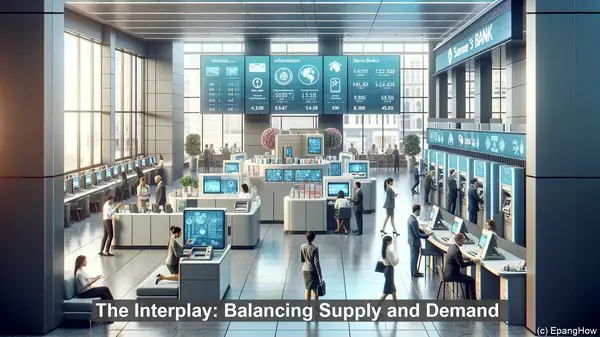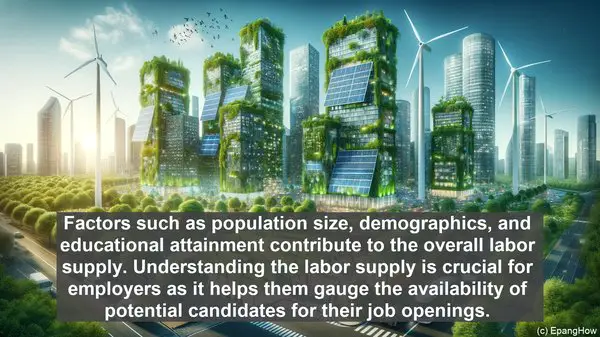Introduction: The Dynamic Job Market
Hello, everyone! The job market is a dynamic ecosystem, influenced by various factors. Two crucial elements that shape this landscape are labor supply and labor demand. While they may sound similar, they represent distinct aspects of the employment equation. Today, we’ll explore the differences between these two concepts and understand their significance.

Labor Supply: The Workforce Potential
Labor supply refers to the total number of workers available in a particular market or industry. It encompasses both the employed and those actively seeking employment. Factors such as population size, demographics, and educational attainment contribute to the overall labor supply. Understanding the labor supply is crucial for employers as it helps them gauge the availability of potential candidates for their job openings.

Labor Demand: The Employer’s Perspective
On the other hand, labor demand represents the number of workers that employers require to fulfill their production or service needs. It is influenced by factors such as business growth, technological advancements, and market conditions. Employers assess the labor demand to determine the number of employees they need, their skill sets, and the compensation they can offer. Understanding labor demand is vital for job seekers as it provides insights into the industries and occupations with potential opportunities.
The Interplay: Balancing Supply and Demand
The job market’s equilibrium is achieved when the labor supply matches the labor demand. In an ideal scenario, this equilibrium ensures that all available job openings are filled, and all job seekers find suitable employment. However, in reality, this balance is often disrupted due to various factors. For instance, during economic downturns, the labor demand may decrease, leading to unemployment. On the other hand, during periods of economic growth, the demand may outstrip the available supply, creating a labor shortage.
Implications: Wage and Employment Dynamics
The interplay between labor supply and labor demand also has significant implications for wages and employment. When the labor supply exceeds the demand, it creates a surplus, leading to downward pressure on wages. Conversely, when the demand surpasses the supply, it creates a scarcity, driving wages upwards. Similarly, a high demand for certain skills or occupations can result in increased employment opportunities and better compensation for individuals with those skills.
